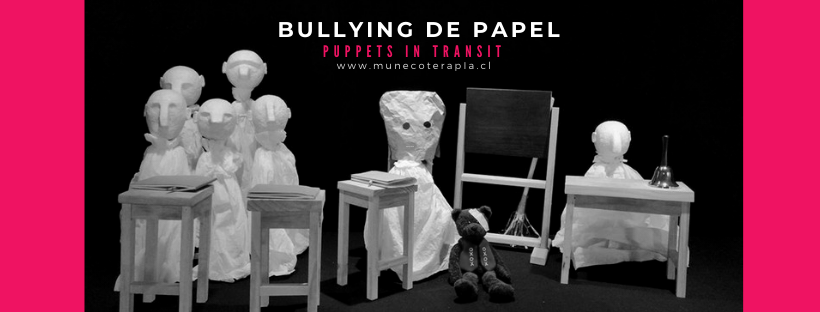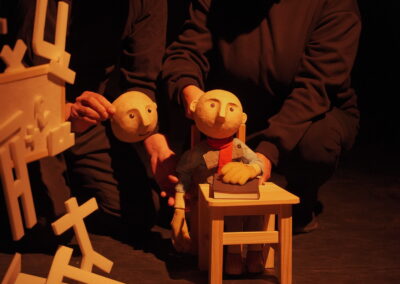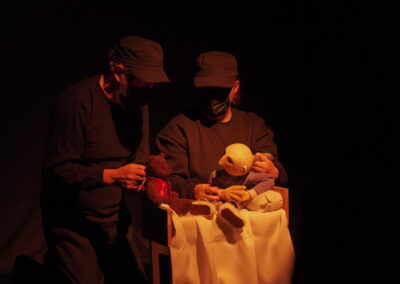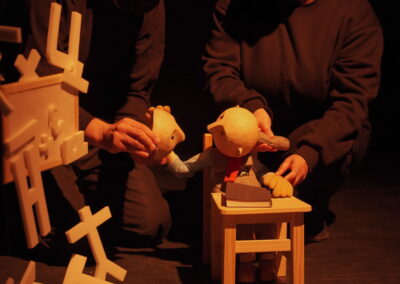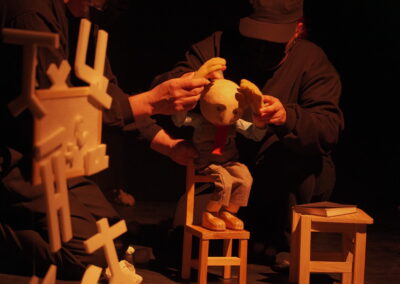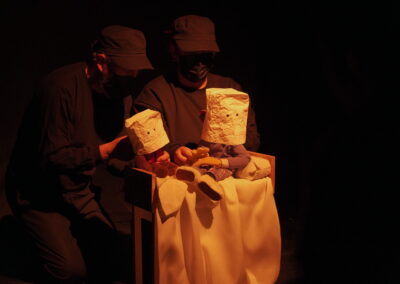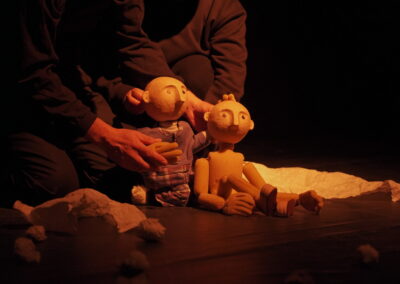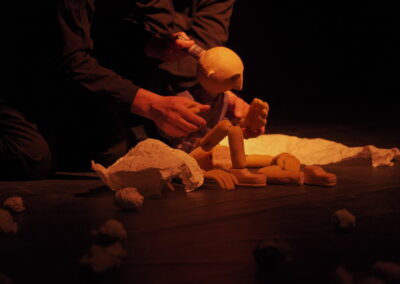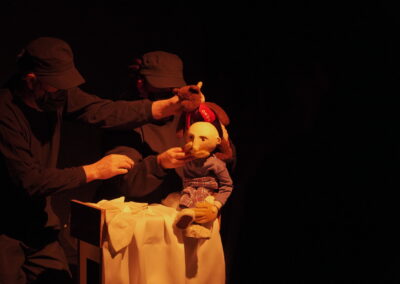New production “Bullying de Papel” (Paper Bullying)
An aesthetic experience of paper puppets, objects and sounds.
A theatrical didactic for the prevention of bullying at school.
Bullying de Papel is a play theater of puppets and objects designed for children and family audiences. It is a visual script designed as an invitation to reflect on an issue that is beginning to be known as an impact inside schools.
The montage seeks to transmit values such as tolerance, diversity, and honesty. It is ideal as an educational resource for educators, designed as a theatrical didactic for tolerance and school coexistence. As a resource, teachers can take the characters of the play and reelaborate a new reading of the work, as well as create simple paper puppets where students can retell the story from their experiences and expectations of school coexistence.
It is useful to bring into the debate the problem of bullying and how it affects children. It is also useful for parents who may be faced with a situation they have never talked about before with their children, where the characters in the play can bring them closer to the experiences or possible experiences of their children and be able to create a joint route in case their rights are violated.
This radically visual play is an invitation to travel through the magic of the theater of animated forms, to transit and experience images, emotions, and sounds through these characters that, by their expressiveness and materiality, generate empathy in the face of the problem of bullying and intolerance. A silent and inclusive play that does not use spoken text is a play to enjoy with the family.
BULLYING DE PAPEL is a silent and visual piece with puppets and objects that tells the story of a child affected by school violence practices. Bullying de Papel is a play that develops through visual metaphors the emotional and cognitive effects of bullying at school.
It is structured in three scenic spaces: the classroom, the child’s room, and a third space where the child’s repair and resilience are developed. Bullying is metaphorically represented by simple paper balls that symbolize repeated bullying. In the child’s room, we see the trauma represented by nightmares by giant objects that harass him.
The content of the work is a contemporary global issue that deserves the attention of the world of puppets and those of us who care about contributing to a better world for children through the aesthetics of animated forms.
